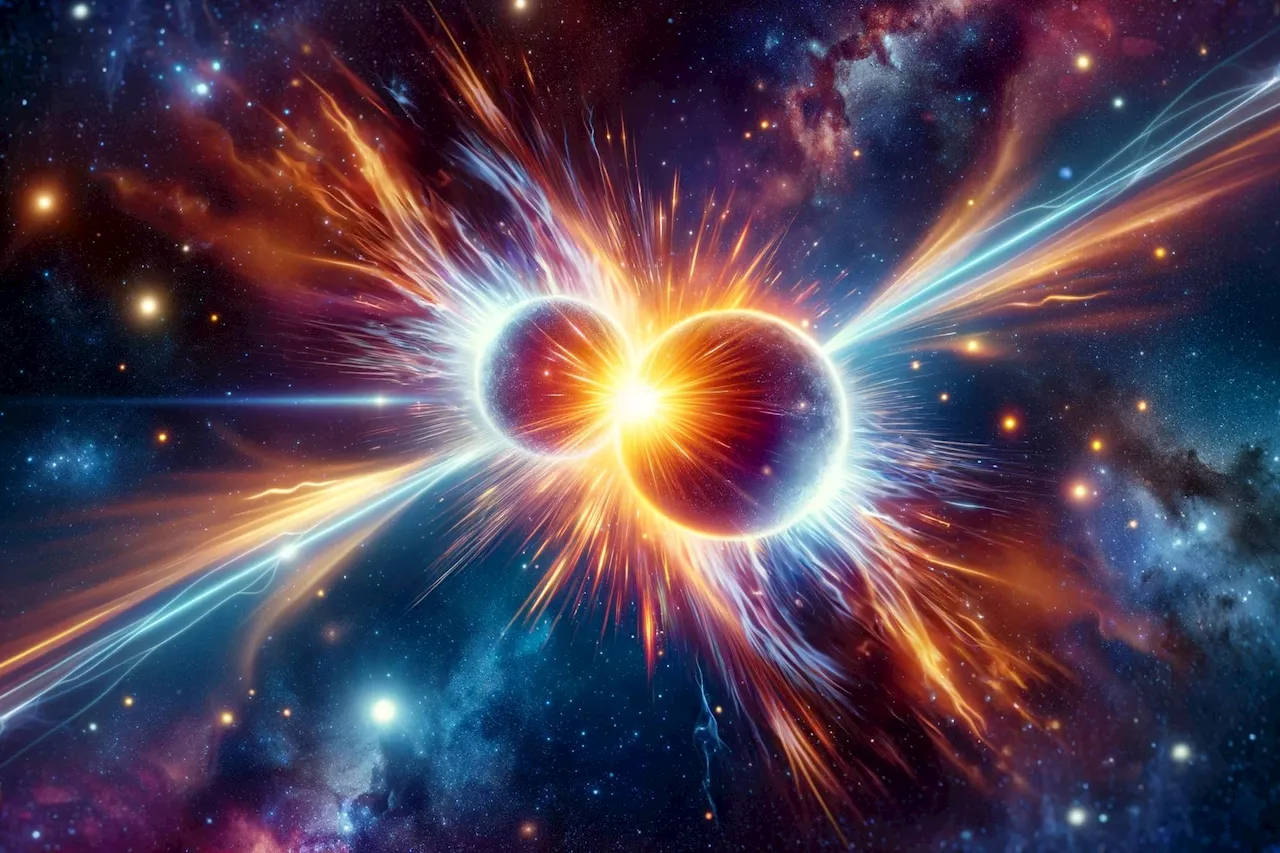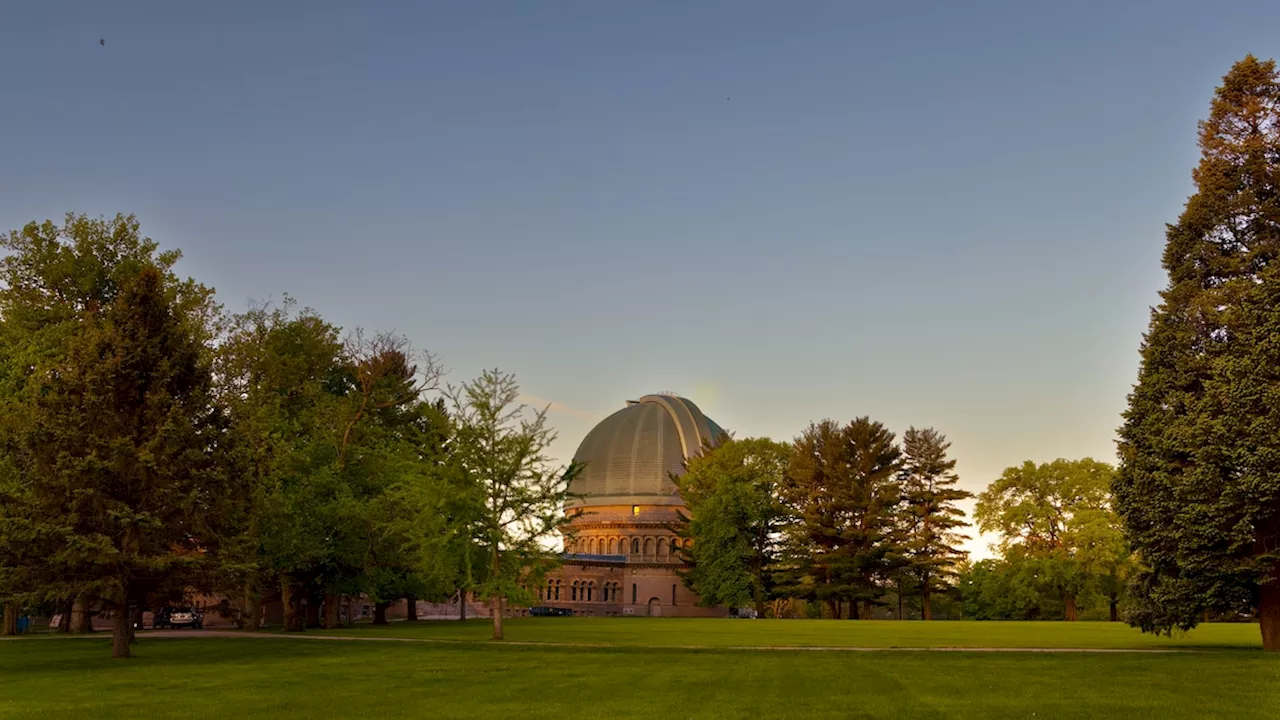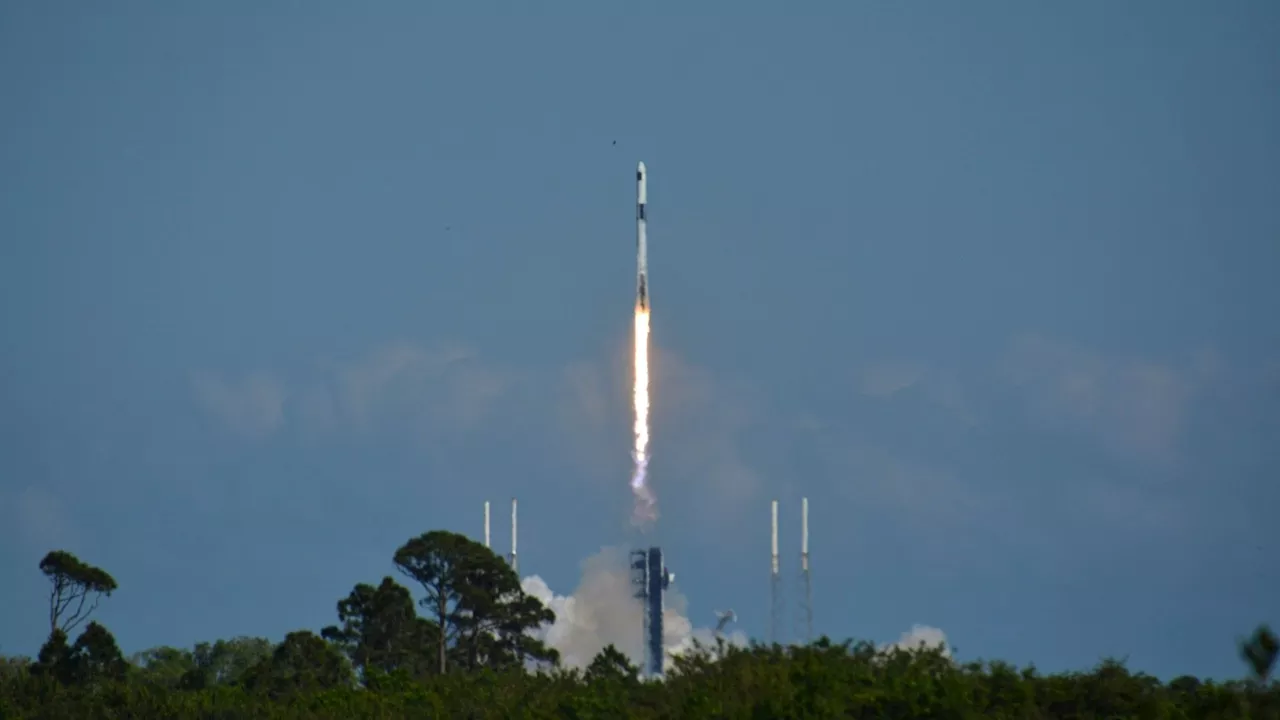The Astro2020 Decadal Survey recommended, as its highest-priority sustaining activity, that NASA establish a Time Domain Astronomy and Multi-messenger program
“…to realize and sustain the necessary suite of space-based electromagnetic capabilities required to study transient and time variable phenomena, and to follow-up multi-messenger events.”
To meet this goal, NASA’s Internal Scientist Funding Model program has tapped the expertise of the Relativistic Astrophysics team at MSFC to support TDAMM astrophysics by extending analysis tools and techniques developed for the Fermi Gamma-ray Burst Monitor to enable and support current and future TDAMM missions.has been one of NASA’s premiere facilities for the detection of gamma-ray transients.
USRA recently released the Gamma-ray Data Tools 2.0 via Github and PyPi. The Gamma-ray Data Tools serves as a Standard multi-mission data analysis suite for gamma-ray missions, much as X-Spec has for x-ray missions. The software package is built on the GBM data tools and establishes a standard framework to handle data from generic gamma-ray instruments, as well as Swift and several specific legacy instruments.
Base classes for localization annuli and generic orbit handling have been incorporated into the GDT v2.0. These classes establish the framework on which to build the modernized IPN. A separate IPN toolkit will be released to the public next year, which will include simulation software, cross correlation algorithms, and localization annuli generation. These additions will help missions assess their contribution to, and more easily participate in, the IPN.
A re-write of the GBM targeted search using the GDT v2.0 has been completed and an open-source public release of the new Gamma-ray Targeted Search is forthcoming. The BurstCube team is already working on incorporating the GTS into their science operations pipeline for the analyze of their untriggered data.
Astrophysics Division Gamma Rays Gamma-Ray Bursts Marshall Astrophysics Marshall Science Research & Projects Marshall Space Flight Center
United Kingdom Latest News, United Kingdom Headlines
Similar News:You can also read news stories similar to this one that we have collected from other news sources.
 AI for astrophysics: Algorithms help chart the origins of heavy elementsThe origin of heavy elements in our universe is theorized to be the result of neutron star collisions, which produce conditions hot and dense enough for free neutrons to merge with atomic nuclei and form new elements in a split-second window of time.
AI for astrophysics: Algorithms help chart the origins of heavy elementsThe origin of heavy elements in our universe is theorized to be the result of neutron star collisions, which produce conditions hot and dense enough for free neutrons to merge with atomic nuclei and form new elements in a split-second window of time.
Read more »
 AI-Powered Astrophysics: Unveiling the Cosmic Origins of Heavy ElementsScience, Space and Technology News 2024
AI-Powered Astrophysics: Unveiling the Cosmic Origins of Heavy ElementsScience, Space and Technology News 2024
Read more »
 Inside the 124-year-old observatory that birthed modern astrophysicsHome to the world’s largest refracting telescope, the Yerkes Observatory in Wisconsin was so influential that Albert Einstein insisted on visiting. Now you can too.
Inside the 124-year-old observatory that birthed modern astrophysicsHome to the world’s largest refracting telescope, the Yerkes Observatory in Wisconsin was so influential that Albert Einstein insisted on visiting. Now you can too.
Read more »
 Gamma-Ray Bursts Could Wipe Out All Life, But Are Unlikely to Hit EarthThese cosmic explosions are so powerful that they could sterilize all life on Earth — or even vaporize the planet. Luckily, the chances of one happening in our solar system are slim.
Gamma-Ray Bursts Could Wipe Out All Life, But Are Unlikely to Hit EarthThese cosmic explosions are so powerful that they could sterilize all life on Earth — or even vaporize the planet. Luckily, the chances of one happening in our solar system are slim.
Read more »
 NASA launches shoebox-sized satellite to probe gamma-ray burstsThe satellite is aboard SpaceX’s 30th Commercial Resupply Services mission to the International Space Station (ISS).
NASA launches shoebox-sized satellite to probe gamma-ray burstsThe satellite is aboard SpaceX’s 30th Commercial Resupply Services mission to the International Space Station (ISS).
Read more »
 NASA suspends Swift gamma-ray space telescope operationsRobert Lea is a science journalist in the U.K. whose articles have been published in Physics World, New Scientist, Astronomy Magazine, All About Space, Newsweek and ZME Science. He also writes about science communication for Elsevier and the European Journal of Physics. Rob holds a bachelor of science degree in physics and astronomy from the U.K.
NASA suspends Swift gamma-ray space telescope operationsRobert Lea is a science journalist in the U.K. whose articles have been published in Physics World, New Scientist, Astronomy Magazine, All About Space, Newsweek and ZME Science. He also writes about science communication for Elsevier and the European Journal of Physics. Rob holds a bachelor of science degree in physics and astronomy from the U.K.
Read more »
